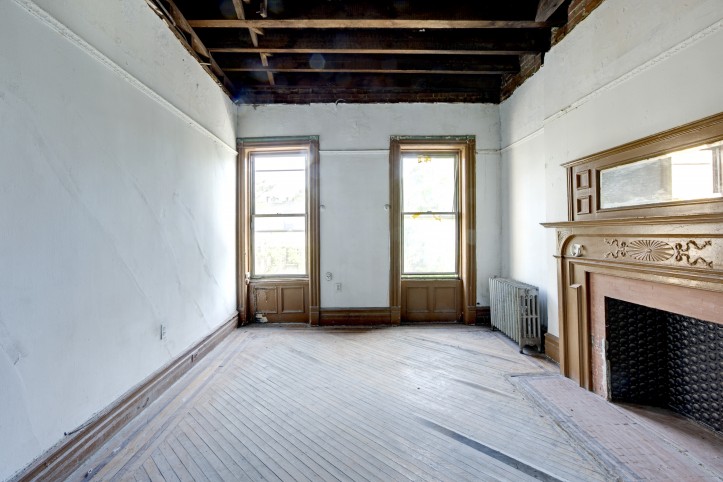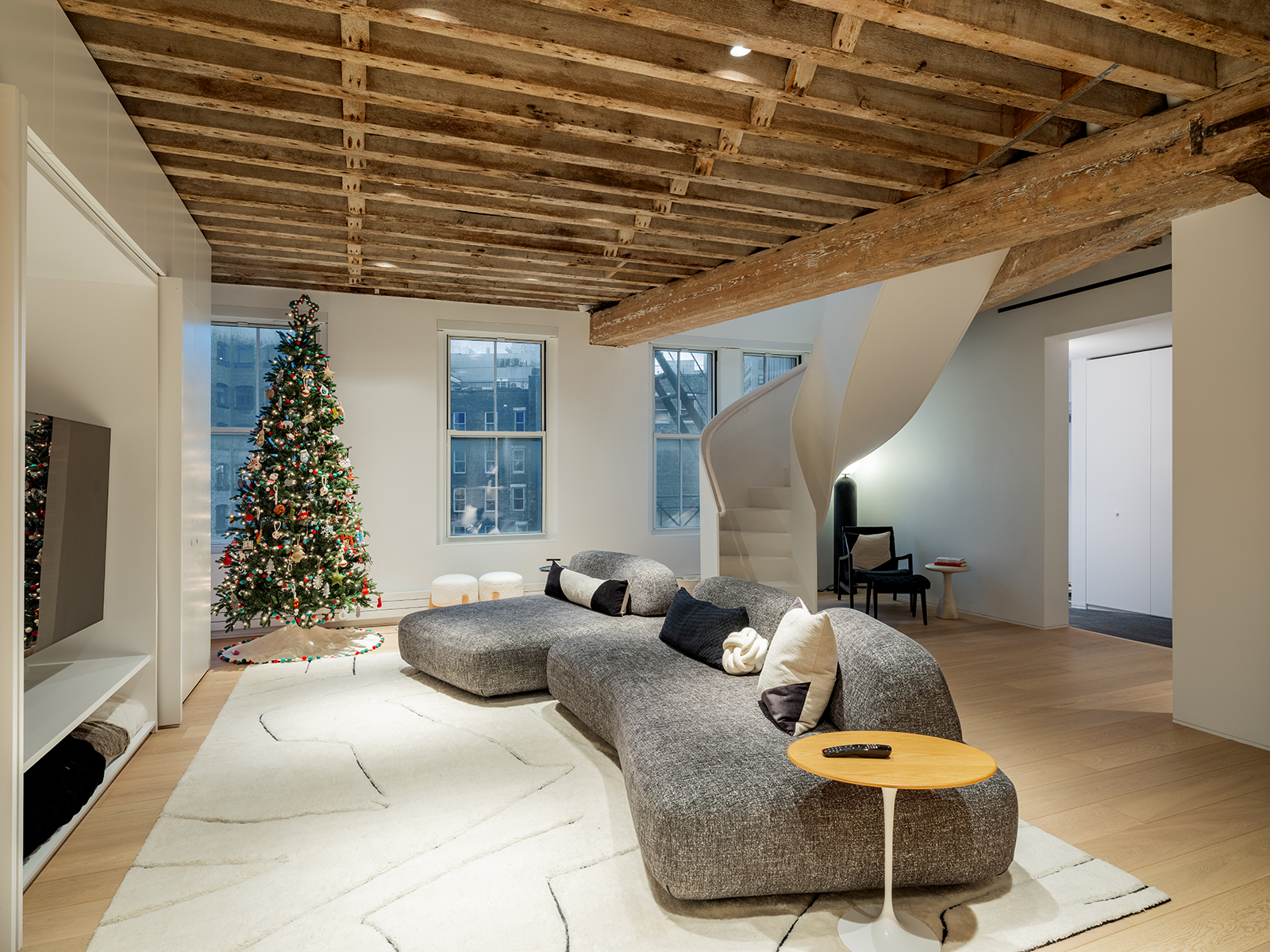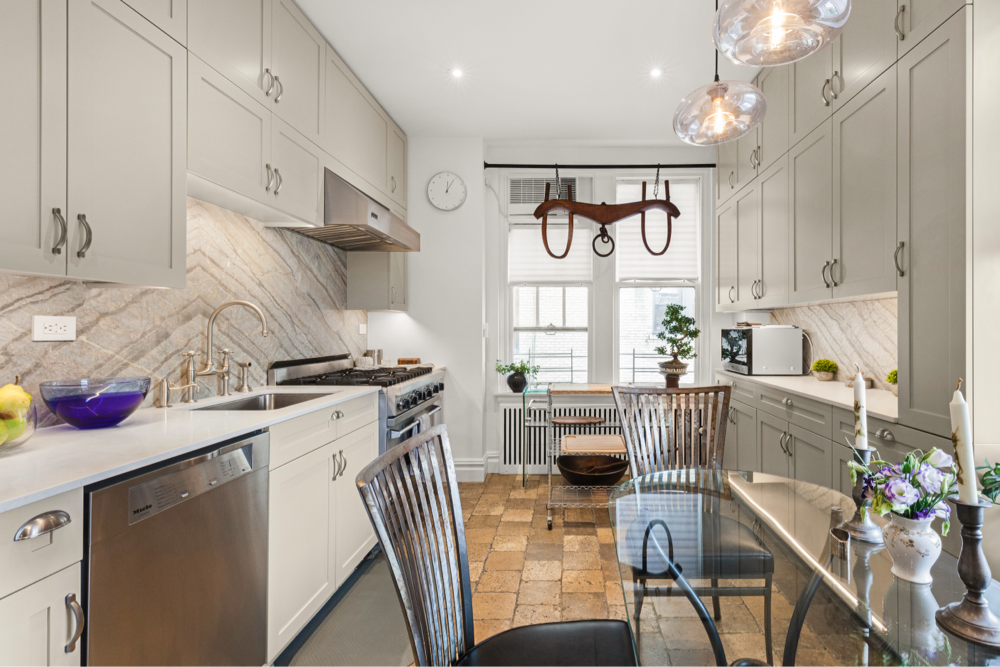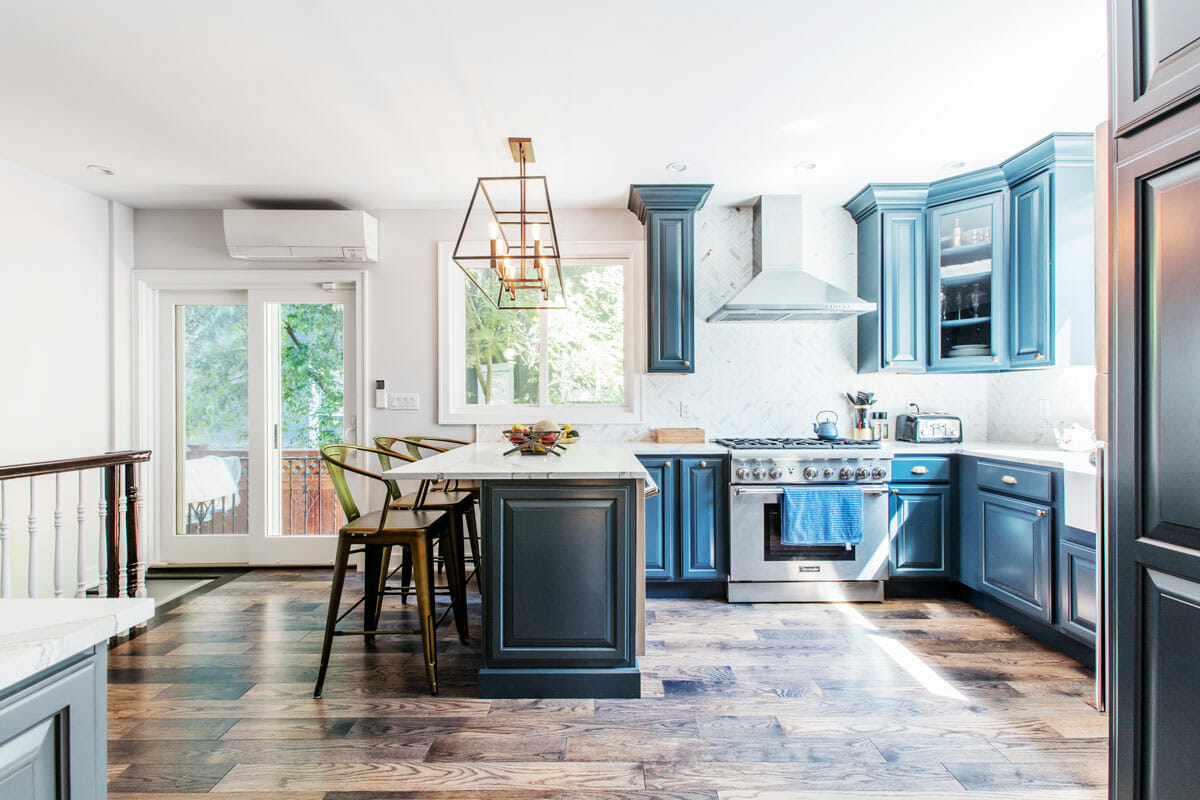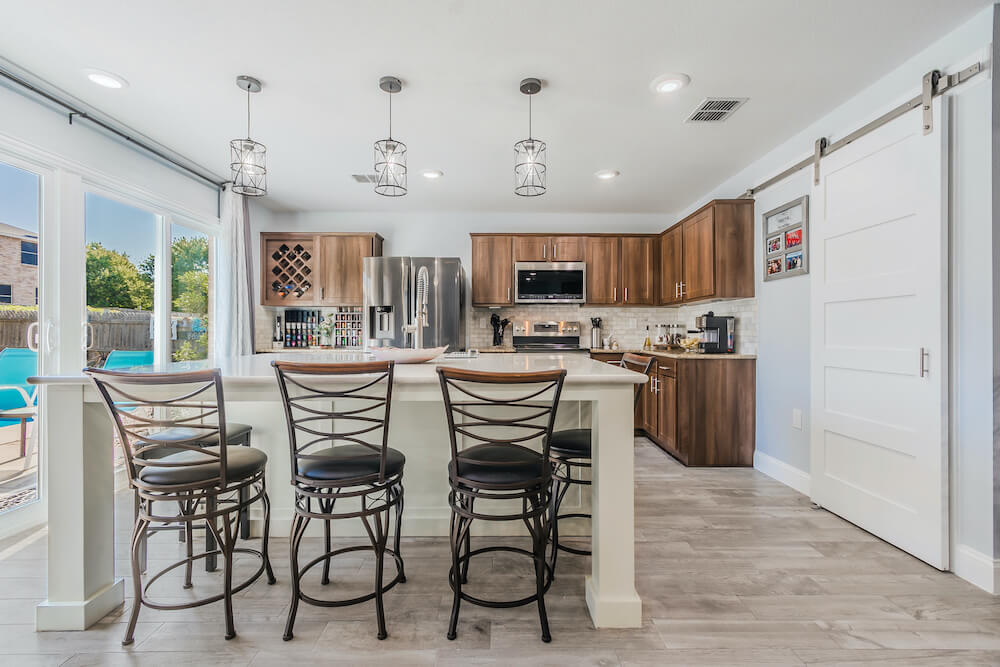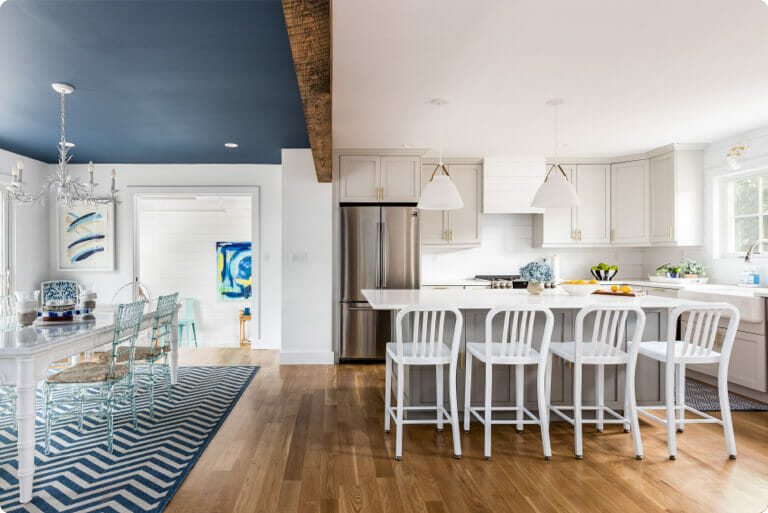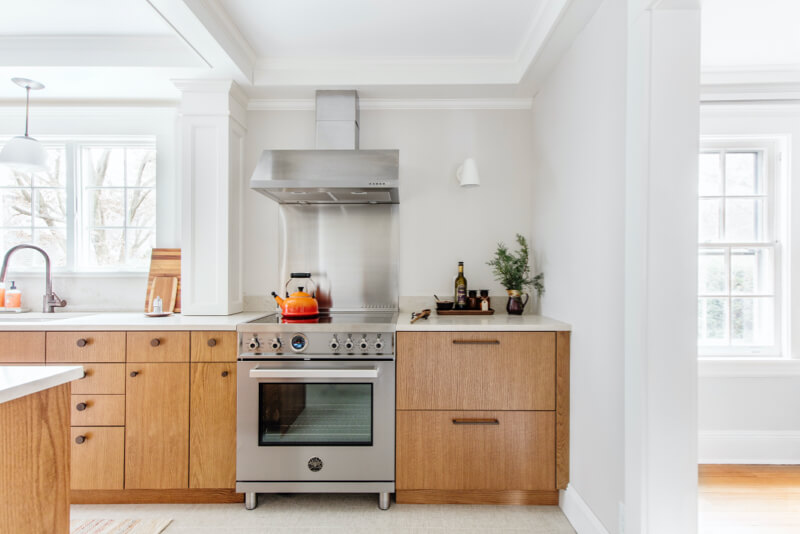How to Plan Your Renovation and Find the Best General Contractor
Planning a home renovation can be an exciting yet daunting prospect. But fear not! This comprehensive guide will equip you with the essential steps to navigate the process seamlessly. We’ll emphasize the importance of defining your goals and meticulously preparing for the project’s execution. By establishing a clear budget and outlining the scope of work, you’ll be well-positioned to find the perfect general contractor to bring your vision to life.
Don’t know how to plan your home renovation? Sweeten lays out the essentials, in six steps.
The renovation process has many layers, but understanding your goals and how to prepare for them is the first step. Having a clear scope and budget when you’re ready to find the right contractor is a good position to be in. Here, we offer a guide on how to plan a home renovation and set yourself up for success from start to finish.
At Sweeten, we’re experts at all things general contractors — we pre-screen them for our network, carefully select the best ones for your remodeling project, and work closely with hundreds of general contractors every day. So, we’ve tapped our internal expertise to bring you this guide.
1. Choose your renovation “must-haves” and “nice-to-haves”
Homeowners renovate for many reasons—you just bought a new space that needs a refresh (or a gut!), your family is growing or you’d like to downsize, a repair is needed and a long-awaited renovation makes sense now, or maybe what you have just isn’t working for you. Whatever the reason driving the decision, the first step for any major renovation is crucial: identify the “must-have” elements for your home. Have an idea of what’s definitively required and you will be better equipped to have an informed conversation when the time comes to meet with general contractors and architects.
Equally important is making a wishlist of “nice-to-haves.” This includes all of the changes you’d like to see, but would be willing to forgo due to budget limitations. In tandem with determining the “must-haves” and the “nice-to-haves,” decide the exact space(s) you are renovating, and what kind of updates (cosmetic, gut, layout changes, etc.), you plan to make. While a cosmetic update would not involve any layout changes or moving of plumbing and/or electrical, a gut renovation means demolishing the existing space down to the studs, and rebuilding the entire interior floor-to-ceiling.
2. Determine who to hire for your renovation
Once you have your list of “must-haves,” you’ll have a better sense of what type of expert you’ll need for your renovation. Depending on what you’re planning to do, you’ll want to meet with different types of experts.
When to work with general contractors:
- removing or replacing finishes but generally keeping things in the same place
- comfortable selecting fixtures and finishes yourself
- ready to start construction
When to work with an architect and a general contractor, or a design-build firm:
- making major layout or structural changes
- moving plumbing or gas lines
- renovating a landmark property
- looking for professional design help
While many general contractors can provide general guidance when it comes to selecting fixtures and finishes, you may also want to hire an interior designer if you want more extensive help creating your ideal space. Most Sweeten contractors can refer you to an architect they’ve done work with if their services are required. If it looks like you’ll need an architect for your renovation, you may be able to hire a design-build firm to help as a one-stop shop. As the name suggests, this type of firm takes care of the design as well as the construction phase of a project. Some lean more design-forward while others are construction-forward. Interview a few to see what you feel comfortable with.
Tip: When you post your renovation to find a general contractor, we’ll match you with vetted general contractors and design-build firms best suited to your project.
3. Research the cost of your renovation
This is always the tough part—figuring out how much money you’ll need for the renovation. How much should you spend? How much do you have to spend? As a starting point, we have seen the average cost to renovate an entire home typically between $80 to $200 per square foot. The price can vary from room to room, as kitchen upgrades and bathrooms tend to be more expensive and bedrooms and living rooms cost less. Costs also vary based on geographical location.
Sweeten brings homeowners an exceptional renovation experience by personally matching trusted general contractors to your project, while offering expert guidance and support—at no cost to you. 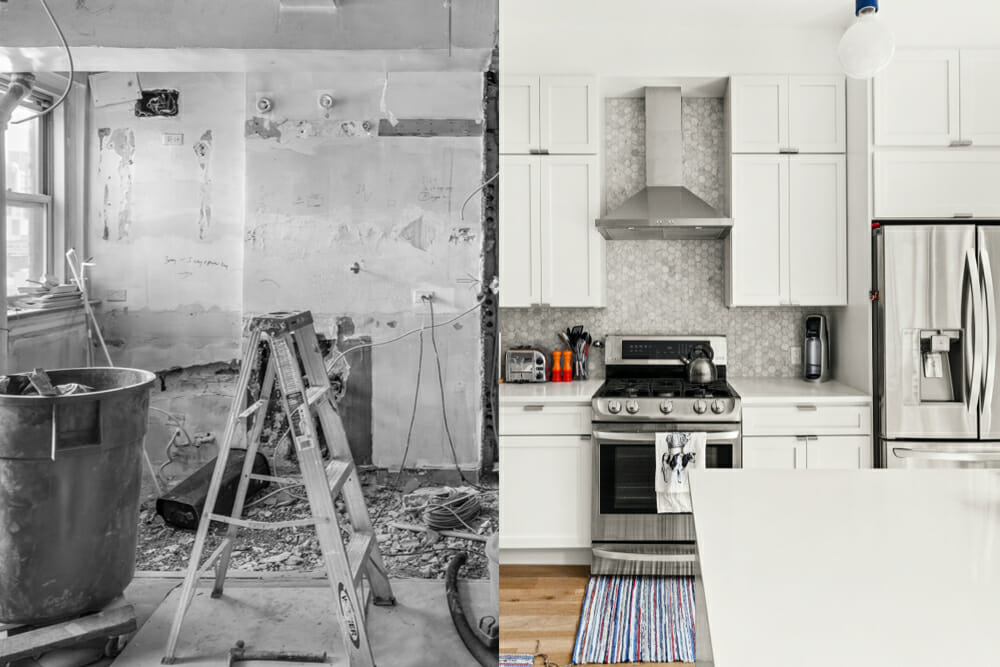
Renovate expertly with Sweeten
Let’s break it down: you’ll need to consider the cost of labor, materials, and finishes, plus associated fees like city permits, board approvals, and/or design fees. If you plan to hire a designer and/or an architect, account for the fact that both charge a percentage (ranging from 5 to 20 percent of project costs) for their fee.
Costs for remodeling materials and finishes
Understandably, many people focus on the visible aspects of the renovation—the materials and finishes—which, depending on whether you choose budget, mid-, or high-end products, will account typically for 50 percent or less of the full cost of the renovation. The good news is that this is the first step to understanding what kind of renovation you’ll be able to afford; take a look at various retailers and websites to see how much that Moroccan tile costs per square foot. An efficient way to do this is to list the materials you’d like to include, and price out all the materials in a spreadsheet.
Tip: See our renovation cost guides for city-level cost estimates.
Costs for remodeling labor
When budgeting for a renovation, labor costs are a significant factor. While each firm has unique pricing, meeting with general contractors is the best way to get a sense of local rates. Several variables influence labor costs:
- Seasonality: Labor tends to be more expensive during busy seasons like summer.
- Job Site: Renovations in co-op buildings with strict rules and limited access can increase labor costs due to parking restrictions and work hour limitations.
- Scope of Work: Wet areas like bathrooms and kitchens often require more complex materials and labor, increasing costs compared to dry spaces.
- Finishes: High-end finishes like mosaic tilework and woodworking necessitate specialized skills, which can drive up labor costs.
If you live in a condo or co-op, understanding your building’s specific rules before a site visit helps your contractor provide a more accurate bid. By considering these factors, you can better anticipate labor costs and plan your renovation budget accordingly.
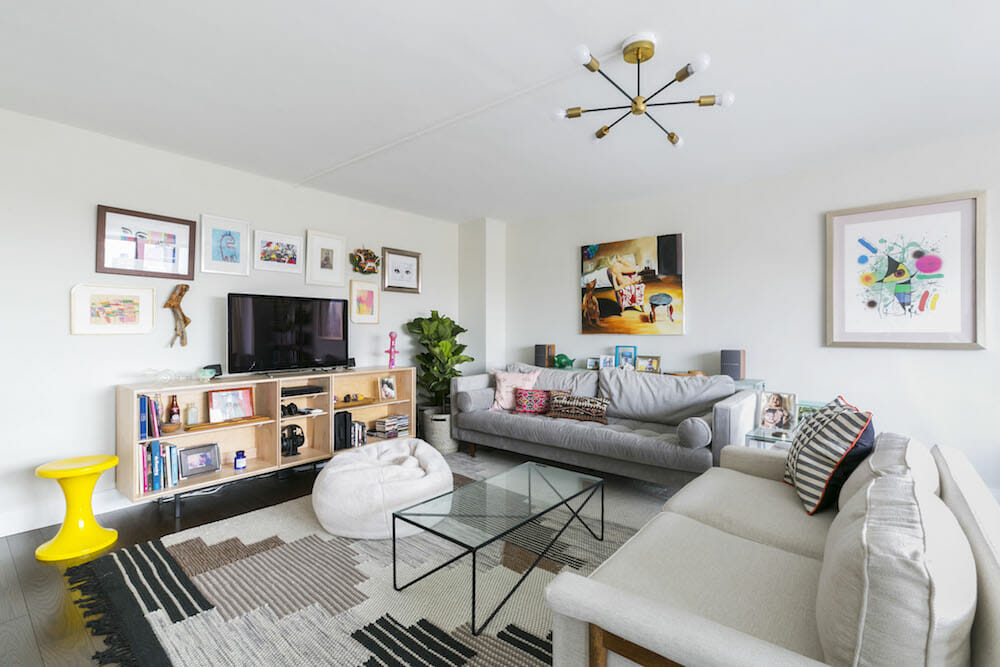
Extra fees for remodeling
The associated fees that come with renovating are often overlooked. Most city or town permits come with a price tag, and if you live in a co-op or condo, review your building’s alteration agreement/documentation to determine if there are extra costs, such as an engineer mandated by the building to approve your plans.
Budget for contingencies
Lastly, leave a 10% cushion for unexpected costs. Even the best-laid plans sometimes go awry or need tweaking, and that safety net will ensure that you’re not venturing into uncomfortable territory if your renovation costs exceed your budget.
4. Find the best general contractor or architect for your renovation
Experts are not necessarily hard to find; the tricky part is finding the right one for your renovation and communication style. Asking friends or searching through directories can yield many suggestions, but those general contractors may not be the right fit for your specific budget, your location, or your type of project.
That’s where our free service comes in. We help you find the best general contractor for your project, then monitor the project until completion. By posting your project, you’ll be matched with general contractors who are:
- licensed, insured, and vetted
- have experience with renovations like yours
- do work in your city, town, or neighborhood
- are already interested in your project based on its budget and scope
- guarantee their work
Tip: Read about how our free service works.
5. Get at least 3 estimates to compare
As with most things in life, you should shop around a little. As a general rule, it’s smart to have at least three bids, (also known as estimates) from different general contractors for your renovation. Not only will this allow you to find the best contractor for your budget, but you’ll be able to find the “right fit” in terms of working style and personality.
Tip: Bids often come in different formats from different contractors. We offer a free bid-leveling phone call with our renovation experts to help analyze any bids you’ve received from Sweeten contractors as well as outside firms. We’ll also offer insight into Sweeten contractors and their communication style.
6. Choose the best general contractor for you and start renovating
Once you have met with all of the candidates, reviewed bids, discussed them with your spouse, partner, or housemates (and maybe Sweeten!) and decided on the best option, it’s time to sign the contract. At this point, you will typically pay a percentage upfront (25 to 50 percent, depending on the length and overall budget of the project). The contract will also set up regular intervals and milestones at which future payments are due.
Then, it’s time for the fun to begin! Knowing how to plan your renovation successfully means starting with this basic list, and, when you’re ready, posting your project to find a contractor.
We can help plan and execute your renovation project
Find endless home renovation inspiration, detailed guides, and practical cost breakdowns from our blogs. You can also post your project on Sweeten today and get matched with our vetted general contractors and get estimates for free!
